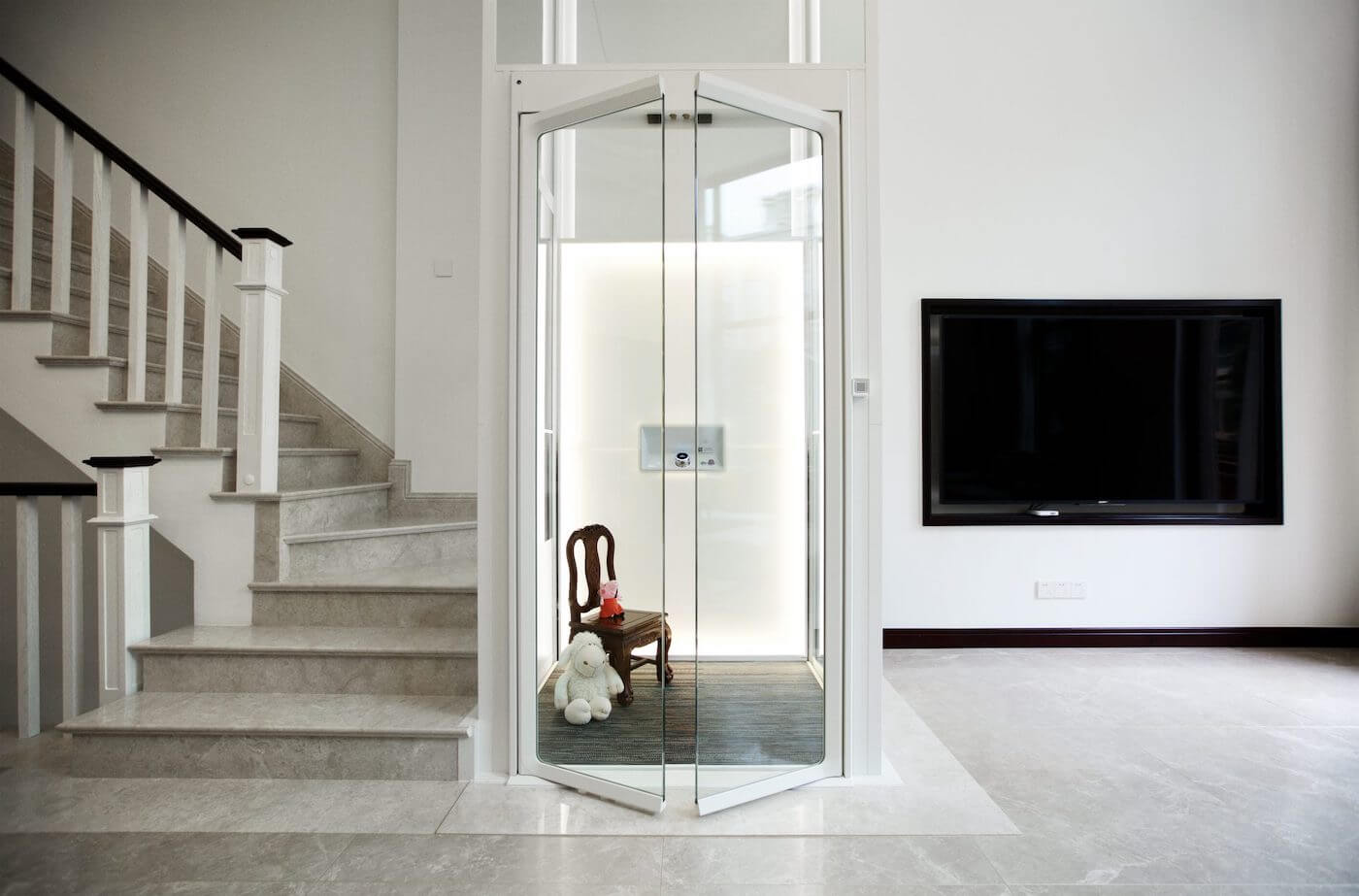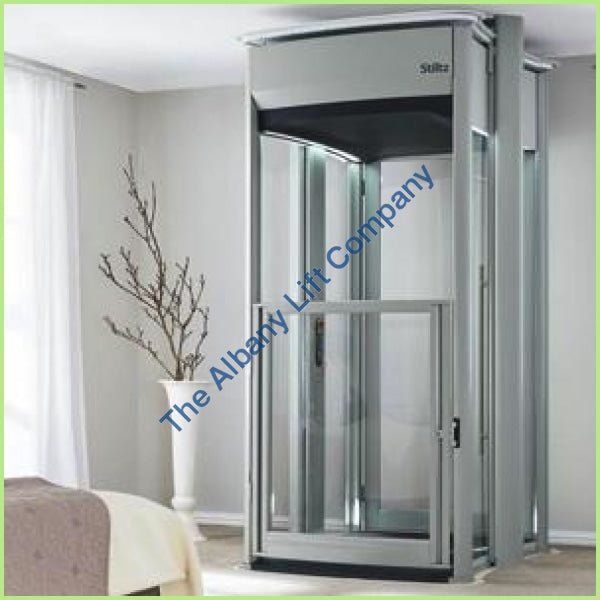London Lift Company: Relied On Specialists for All Your Upright Transportation Needs
London Lift Company: Relied On Specialists for All Your Upright Transportation Needs
Blog Article
Exploring the World of Elevators: Usual Concerns Dealt With by Numerous Lift Mechanisms
As we browse with the vertical transport systems of contemporary structures, elevators stand apart as a vital element of our daily lives. Nonetheless, behind their smooth procedure exists a globe of detailed devices that can often encounter obstacles. From hydraulic lifts to traction systems and machine-room-less designs, each lift type comes with its collection of typical issues. Comprehending these challenges is crucial for ensuring the smooth performance of these important systems. Let's explore the complexities that underlie the operation of elevators and the prospective problems that can arise, shedding light on the detailed web of lift systems.
Hydraulic Elevators
Hydraulic elevators, commonly preferred for low-rise structures, use fluid stress to control the movement of the lift vehicle (lift repair companies). This system involves a hydraulic pump pushing oil right into a cyndrical tube, triggering the elevator to relocate in the desired instructions. While hydraulic lifts are known for their smooth and silent operation, they do feature their own set of usual issues
One prevalent trouble with hydraulic elevators is oil leak. The seals in the hydraulic system can wear gradually, causing oil infiltration. If left unaddressed, this not only develops a mess however can likewise impact the lift's performance. Furthermore, issues with the control system, such as malfunctioning shutoffs or a malfunctioning pump, can cause disruptions in the elevator's motion.
Regular maintenance and timely repair services are vital to guarantee the smooth performance of hydraulic lifts. By addressing these common problems proactively, structure proprietors can minimize downtime and make certain the safety and performance of their vertical transportation system.
Grip Elevators
When thinking about vertical transport systems in buildings, one more usual kind other than hydraulic lifts is the grip lift. Traction lifts run utilizing a system of ropes and counterweights that relocate the elevator auto by grasping onto the hoist ropes. This system permits smoother and much faster upright transport compared to hydraulic systems.
Among the usual issues dealt with by traction lifts is rope wear. The constant motion of the ropes within the grip system can result in tear and put on gradually, possibly creating the lift to breakdown or end up being unsafe for use. Routine assessments and maintenance of the ropes are necessary to make certain the lift's proper functioning and safety and security.
Another issue that traction elevators may run into is related to the control system. Issues with the control system can result in problems such as irregular activity, hold-ups in feedback times, or also full shutdowns. Regular screening and maintenance of the control system are essential to avoid such issues and ensure the elevator's reliability.
Machine-Room-Less (MRL) Lifts

Among the crucial elements of MRL lifts is the small gearless traction maker that is installed within the hoistway. This device efficiently drives the elevator car without the requirement for cumbersome equipment located in typical grip lifts. In addition, MRL elevators normally utilize a counterweight system to stabilize the vehicle, more boosting their energy efficiency.
Despite their advantages, MRL elevators might encounter obstacles lift repair near me associated with maintenance and repair because of the confined space for equipment setup. Accessibility for servicing components within the shaft can be restricted, requiring specialized training for service technicians. Correct upkeep timetables and regular evaluations are essential to guarantee the continued smooth procedure of MRL lifts.
Overloading and Weight Limitation Issues
Overwhelming and weight limitation concerns are important worries in lift procedures. Elevator manufacturers layout lifts with details weight capabilities to make certain passenger safety and equipment long life.
When lifts are overloaded, it places extreme strain on the electric motor, wires, and various other components, potentially creating malfunctions or malfunctions. Safety and security devices such as sensing units and overload sensing units remain in area to avoid elevators from relocating if they spot excess weight. Furthermore, exceeding weight limitations can result in increased energy usage and deterioration on the lift system.
To minimize overwhelming issues, constructing supervisors ought to prominently present weight limitations in elevators and inform residents on the importance of adhering to these restrictions - lift repair companies. Routine maintenance checks by certified specialists can additionally help make sure that elevators are operating within secure weight specifications. By resolving overloading and weight limit concerns proactively, structure owners can improve elevator security and efficiency
Electric System Failings
Going beyond weight restrictions in lifts can not only lead to mechanical concerns yet also potentially contribute to electric system failures within the lift facilities. Electric system failures are a critical concern in lift operation, as they can cause unforeseen closures, malfunctions, or also security dangers.
Additionally, power rises or changes in the electric supply can additionally disrupt the elevator's procedure, affecting its efficiency and safety. These electrical disruptions can harm lift repair near me delicate lift elements such as control panels, motherboard, or sensing units, leading to system failings. Routine maintenance and examinations are vital to recognize and deal with prospective electrical issues promptly, making sure the effective and secure procedure of lift systems. By adhering to weight limits and conducting routine electric system checks, building proprietors can minimize the risk of electric failings in elevators.
Final Thought

Hydraulic lifts, typically favored for low-rise structures, use fluid stress to regulate the motion of the elevator automobile.When taking into consideration upright transportation systems in buildings, one more common kind apart from hydraulic lifts is the traction elevator. Grip elevators run using a system of ropes and weights that move the lift car by clutching london lift company onto the hoist ropes. Unlike typical elevators that require a different maker space to house the equipment, MRL elevators incorporate most of the components within the shaft, eliminating the demand for a committed maker space.In conclusion, lifts deal with common issues such as hydraulic breakdowns, traction system failings, and electrical system troubles.
Report this page